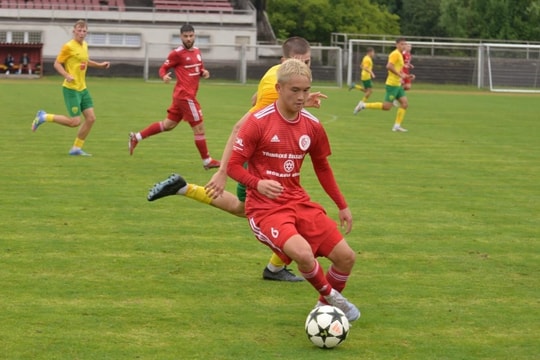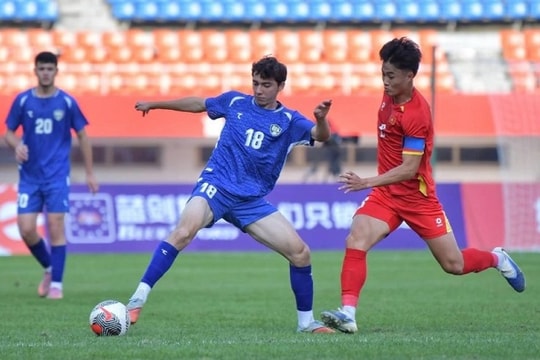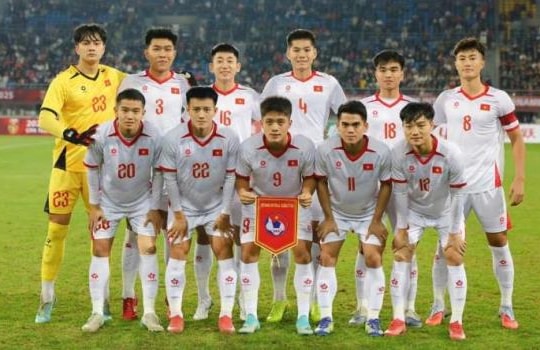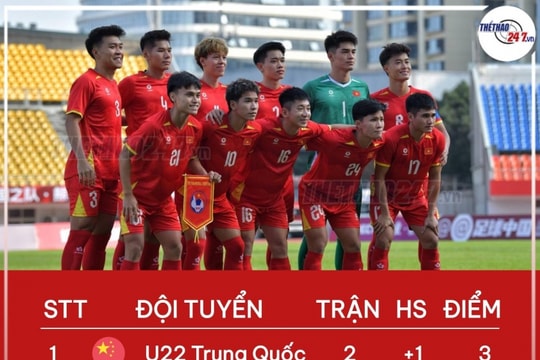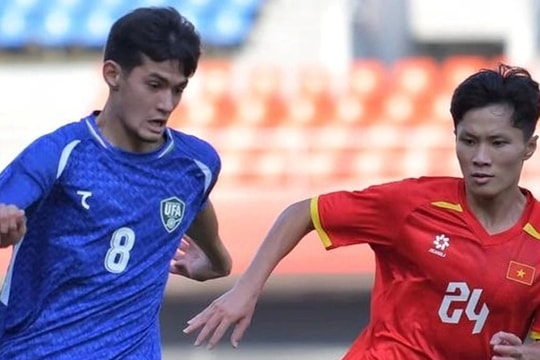U22 Vietnam at Panda Cup: good physical strength, worrying playing style
U22 Vietnam at Panda Cup 2025 showed great physical strength and perseverance, but exposed gaps on the sidelines, handled the ball poorly, lacked a conductor and wasted opportunities - a problem for the coaching staff.
The moment Ngoc My almost scored at the end of the match against U22 Uzbekistan ended the 90 minutes where U22 Vietnam was under a lot of pressure but still fought to the end. Panda Cup 2025 exposed many shortcomings, but at the same time opened up a rare bright spot: the physical foundation and competitive spirit of the current U22 generation.
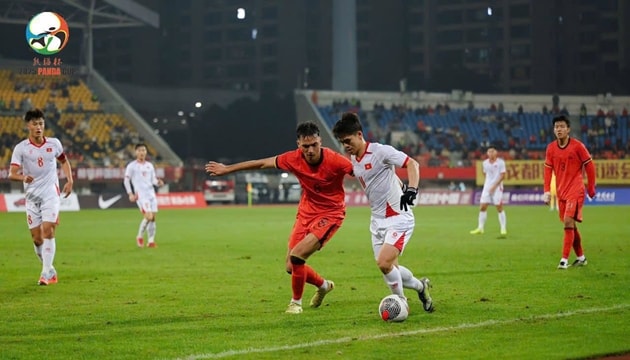
Highlights of physical strength and competitive spirit
Unlike previous generations, Coach Kim Sang Sik's students maintained their energy throughout the 90 minutes, moving a lot and competing strongly, even when facing physically superior opponents such as U22 China and U22 Uzbekistan. That perseverance is the foundation that helps the team not collapse mentally even though they are forced to play the field for most of the time. The situation where Ngoc My almost scored at the end of the match is proof of their never-give-up attitude.
Tactical gaps: from the wings to the high ball
The physical advantages cannot cover up the inherent problems in the defensive organization. U22 Vietnam left gaps on both sides, creating conditions for the opponent to exploit. The distance of the formation and the ability to judge is not stable, causing the goal to be constantly in a state of alert. In the high ball phase, the initiative and ability to handle are also weaknesses, increasing the pressure on the defense.
In top-level football, wing space and aerial play are two tactical slices that determine the tempo of a match. When the two wings are not well protected, opponents can easily access the final third. And with aerial play, just one wrong judgment can make the previous effort meaningless. These limitations were clearly exposed in the two matches at the Panda Cup.
Lack of attacking ideas, lack of conductor
Up front, U22 Vietnam has not shown a clear enough idea of playing the ball. The midfield lacks a "conductor" capable of controlling the tempo, connecting the lines and launching penetrating passes. When lacking such a support, the strikers above will hardly have favorable opportunities. The situation of wasting opportunities continues to recur, which has appeared since the U23 Southeast Asia tournament and the U23 Asia qualifiers.
Without a reliable link in midfield, the team has to rely heavily on individual effort and physical competition – which is difficult to make a difference against well-organized opponents. This is a bottleneck that needs to be resolved if U22 Vietnam wants to move closer to an effective attacking structure.
Panda Cup Background and Adjustment Needs
The Panda Cup is a trial tournament for coach Kim Sang Sik and acting head coach Dinh Hong Vinh to review their squad. In the context of aiming for a further goal such as the AFC U23 Championship early next year, being strong and flexible is not enough.
Things to do immediately for the coaching staff
- Tighten defensive discipline: protect the wings, keep the team's distance and improve judgment in high ball situations.
- Clarifying the ball deployment model: identifying the regulatory role in the midfield to increase connectivity and mutation potential.
- Improve finishing: improve the quality of your final touches, reduce the rate of wasted chances – a problem that has persisted over many tournaments.
Overall view
The 2025 Panda Cup showed a commendable physical foundation and positive fighting spirit of U22 Vietnam. But when it comes to bigger goals, tactical details – from protecting the two wings, handling the ball in the air to shaping the rhythm and efficiency in front of the goal – are the deciding points. That is the problem awaiting the solution from coach Kim Sang Sik, acting head coach Dinh Hong Vinh and the U22 Vietnam team.

